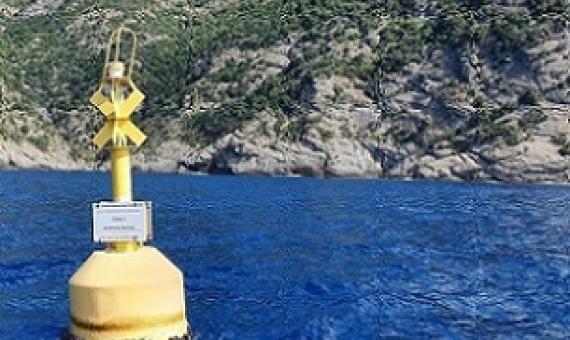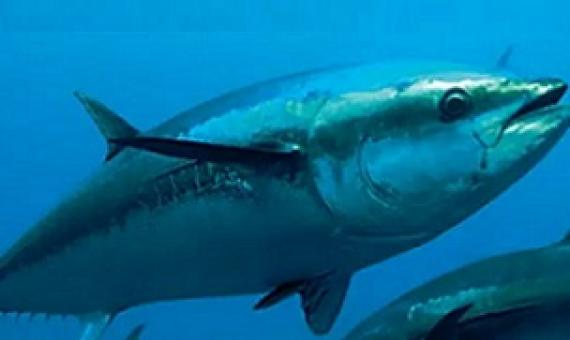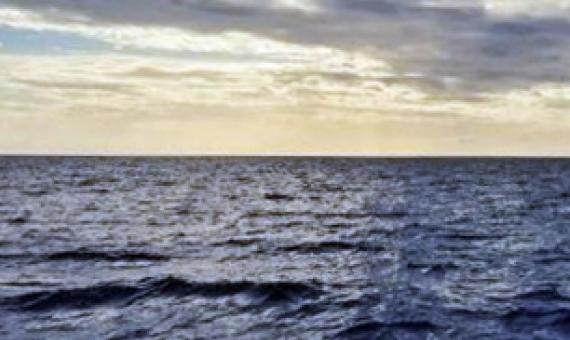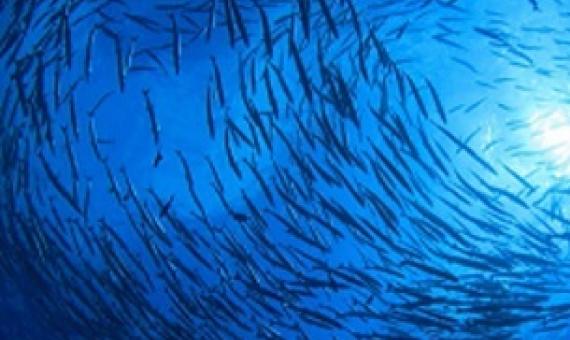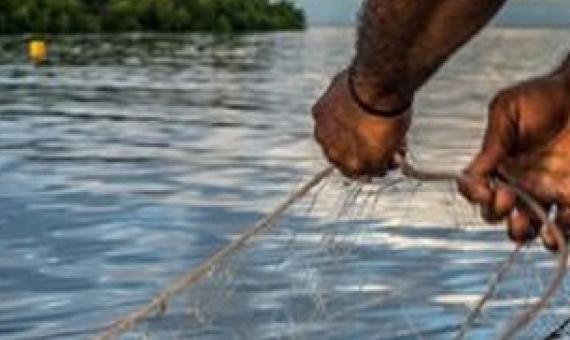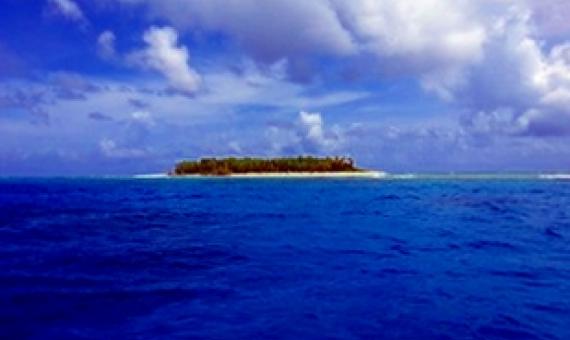Marine protected areas (MPAs) are one of the solutions being put forward to help adapt to and mitigate the effects of climate change.
The first phase of consultation on the Lau Seascape and the Marine Protected Area 30×30 Initiative concluded last Friday at Nayau Island in Lau.
A huge marine reserve in the Pacific Ocean has led to the recovery of tuna and other migratory fish around its borders, according to a study. The Papahānaumokuākea Marine National Monument in Hawaii is almost four times the size of California.
The first phase of consultations on the Lau Seascape and the Marine Protected Area 30×30 Initiative have started at Lomaloma Village, in Vanua Balavu.
In December, United Nations member governments will conclude negotiations on a comprehensive global biodiversity framework that will set goals and targets for the next 10 years, including metrics for protecting the global ocean.
Our new peer-reviewed scientific article, “Assessing the quantity and quality of marine protected areas in the Mariana Islands” assesses the 18 federal and territorial managed MPAs in our region against an international framework called the MPA Guide.
Assessing the quantity and quality of marine protected areas in the Mariana Islands
Marine protected areas (MPAs) are ubiquitous in global ocean conservation and play a pivotal role in achieving local, national, and regional area-based conservation targets. Often, such targets are merely met on “paper” and lack the political or managerial resources to produce positive conservation outcomes. Here, we apply the MPA Guide – a framework for assessing the quantity and quality of marine protected areas – to Guam and the Commonwealth of the Northern Mariana Islands (CNMI), two U.S. territories in the Western Pacific.
The conservation of Marine Protected Areas (MPA) in the country will not affect the livelihoods of the fishing communities.
Ocean advocate and former rugby league star Kevin Iro has been named the recipient of the 2022 Seacology Prize for his commitment towards the world’s largest multi-use marine park, Marae Moana. The prize is awarded annually to an islander for exceptional achievement in preserving island envi
Knowledge provided by local stakeholders such as non-governmental organizations, academics, civil servants, journalists, and fishers can be valuable for evaluating the effectiveness of countries' marine protected areas (MPAs)...In a recent paper published in the journal Sustainability

